Wellness
The latest Wellness breaking news, comment, reviews and features from the experts at T3
Explore Wellness
-

Best cheap mattress deals for July 2025: browse sales from Emma, Simba, OTTY and more
Need to upgrade your sleep setup? Check out the best cheap mattress deals to shop now
By Bethan Girdler-Maslen Last updated
-

Eve sales, deals and discount codes for July 2025
Looking for an Eve deal or sale? Now is the time to shop, with up to 60% off & price drops on the whole range
By Bethan Girdler-Maslen Last updated
-

Emma mattress sales, deals and discount codes for July 2025: your guide to the best Emma sales
Looking for an Emma mattress deal? Find all the best Emma sales, deals and discount codes in this guide...
By Bethan Girdler-Maslen Last updated
-

Best Prime Day Beauty and Grooming deals 2025: what to expect this year
Here's what we should look forward to from this year's Prime Day beauty and grooming deals
By Lizzie Wilmot Last updated
-

9 best woody fragrances for men 2025: musky, aromatic scents from Tom Ford, Moncler, Hermès and more
Smell like the forest with T3’s top picks for men’s woody fragrances
By Bethan Girdler-Maslen Published
-
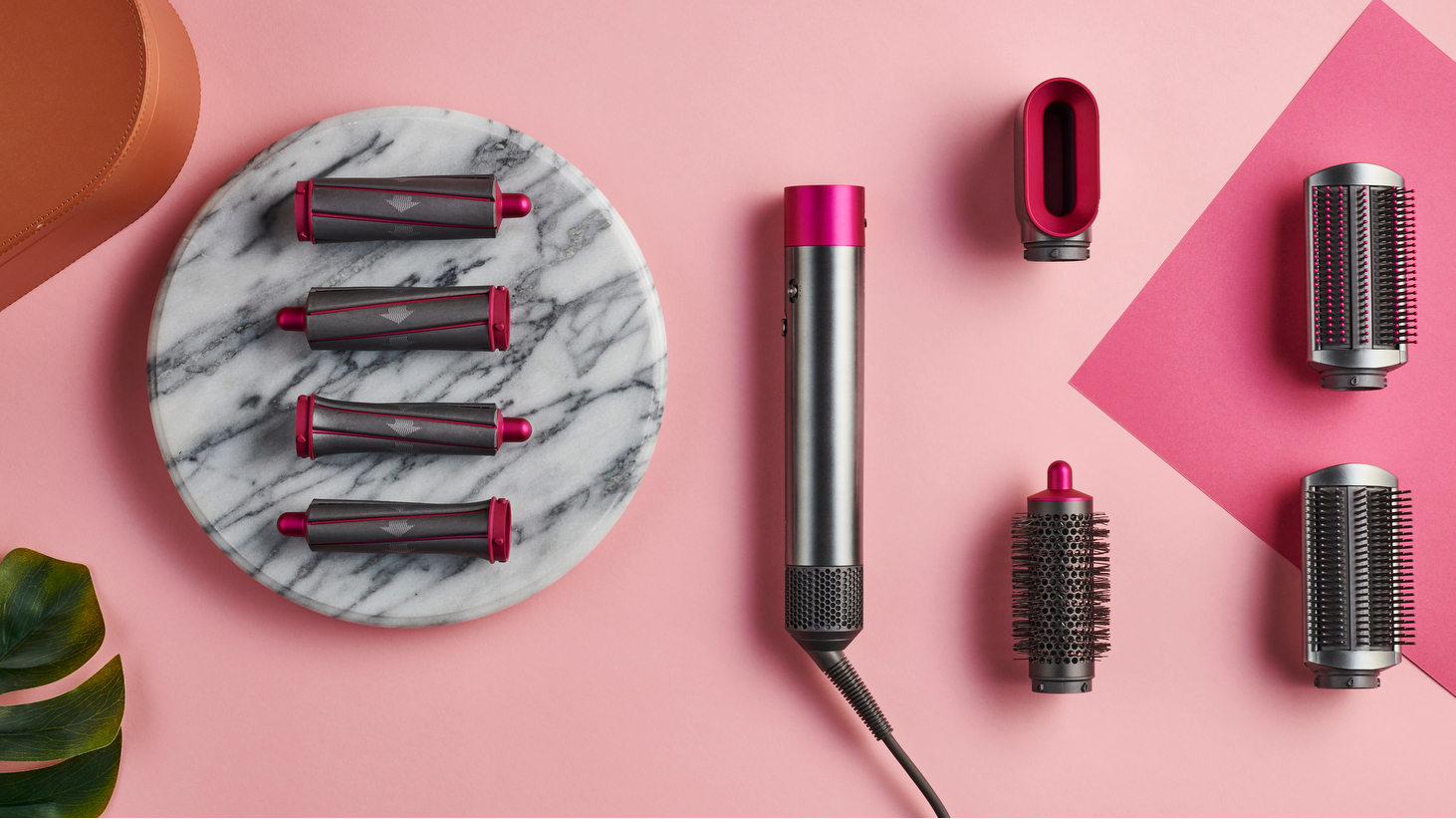
The 5 best hair curlers available now – according to T3's team of beauty tech experts
Find the best hair curlers that give you beautiful bouncy curls that stay all day
By Lizzie Wilmot Last updated
-
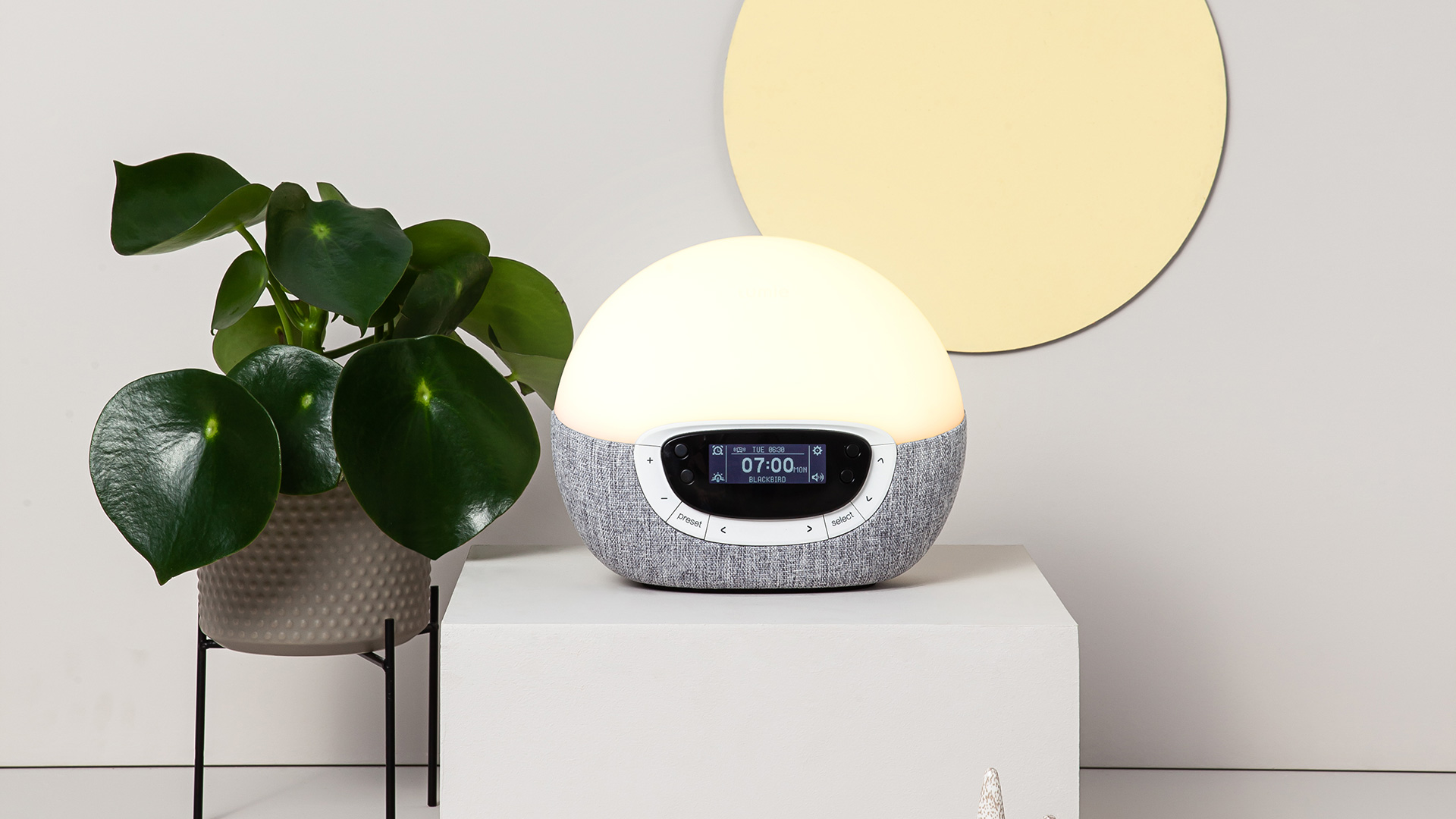
Best wake up light 2025: sunrise lamps to wake you up naturally
Banish the morning blues with the best wake up lights, from Lumie, Philips, Beurer and more
By Bethan Girdler-Maslen Last updated
-

Best LED face mask 2025: luxury beauty tech for brighter, healthier skin
Tackle all your skincare concerns
By Lizzie Wilmot Last updated
-

Best beard trimmer 2025: shavers for stubble, short and long beards
Find the best beard trimmers, clippers and shapers to maintain a well-tended beard or on-trend stubble
By Bethan Girdler-Maslen Last updated
-

Best IPL hair removal machine 2025: banish unwanted hair with devices for men and women
Find the best IPL hair removal machines to banish hair with the power of light, meaning you never have to shave again!
By Bethan Girdler-Maslen Last updated
-
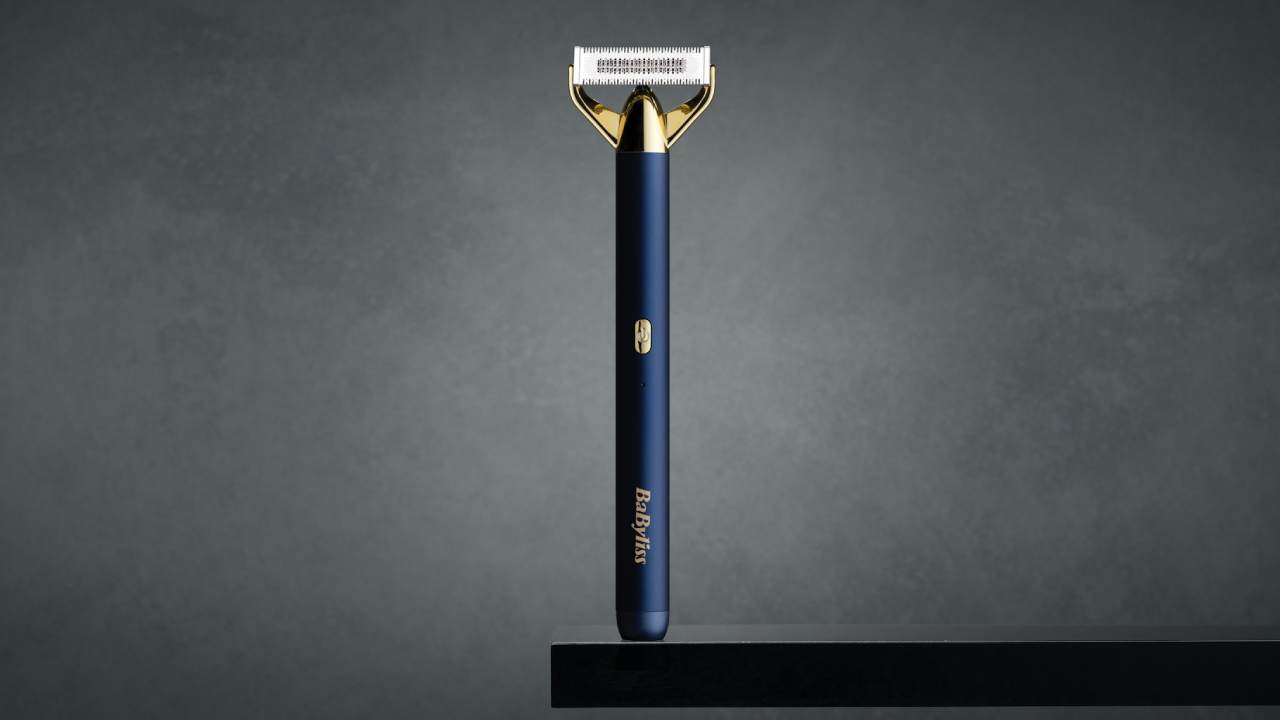
This BaByliss shaver looks simple but it’s packed with razor-sharp smarts
BaByliss’ new shaver and trimmer has advanced blades and flexi-fit head
By Bethan Girdler-Maslen Published
-
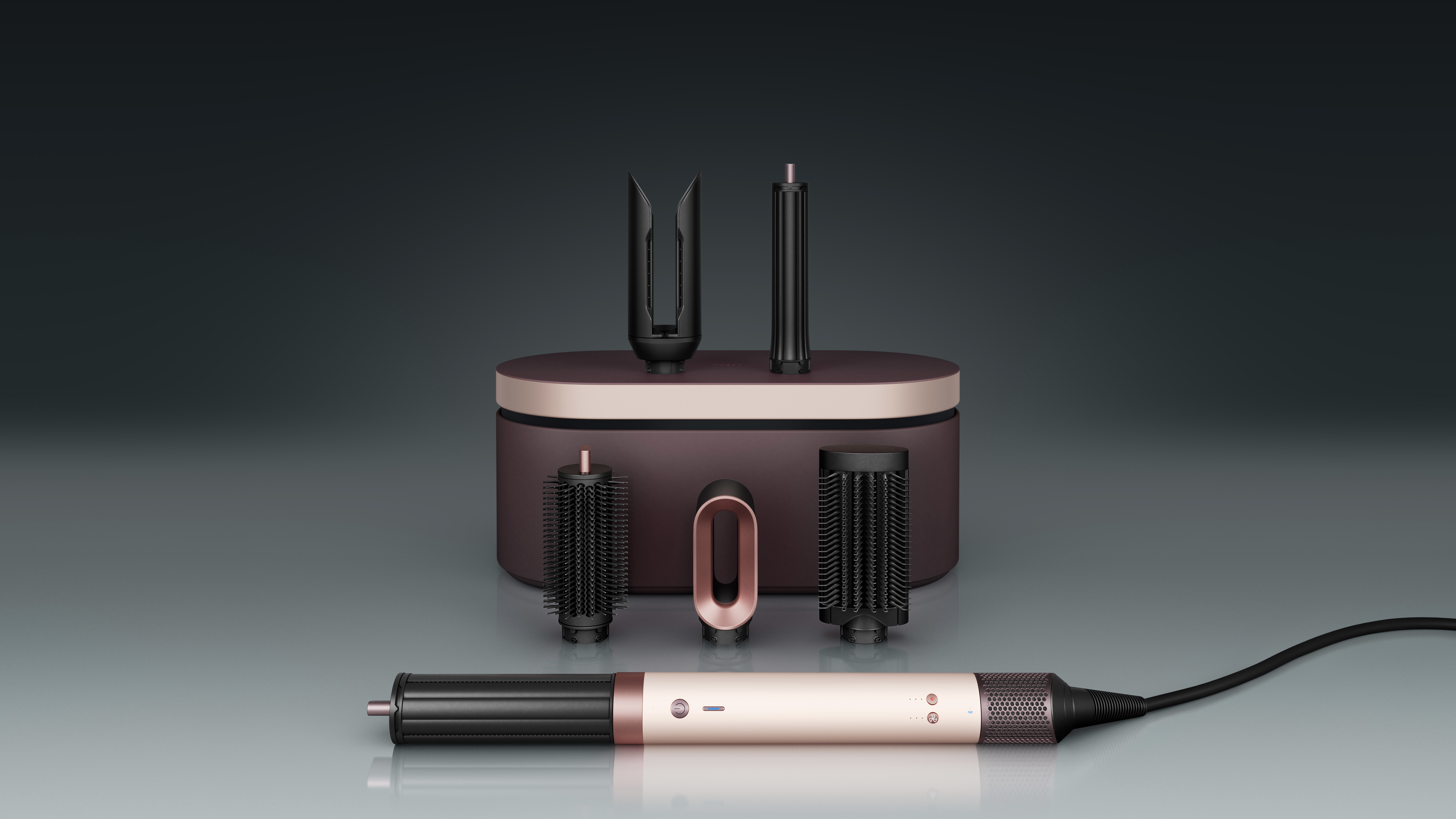
Yes, Dyson just dropped a brand new Airwrap – and I’ve already tried It
What a plot twist
By Lizzie Wilmot Published
-
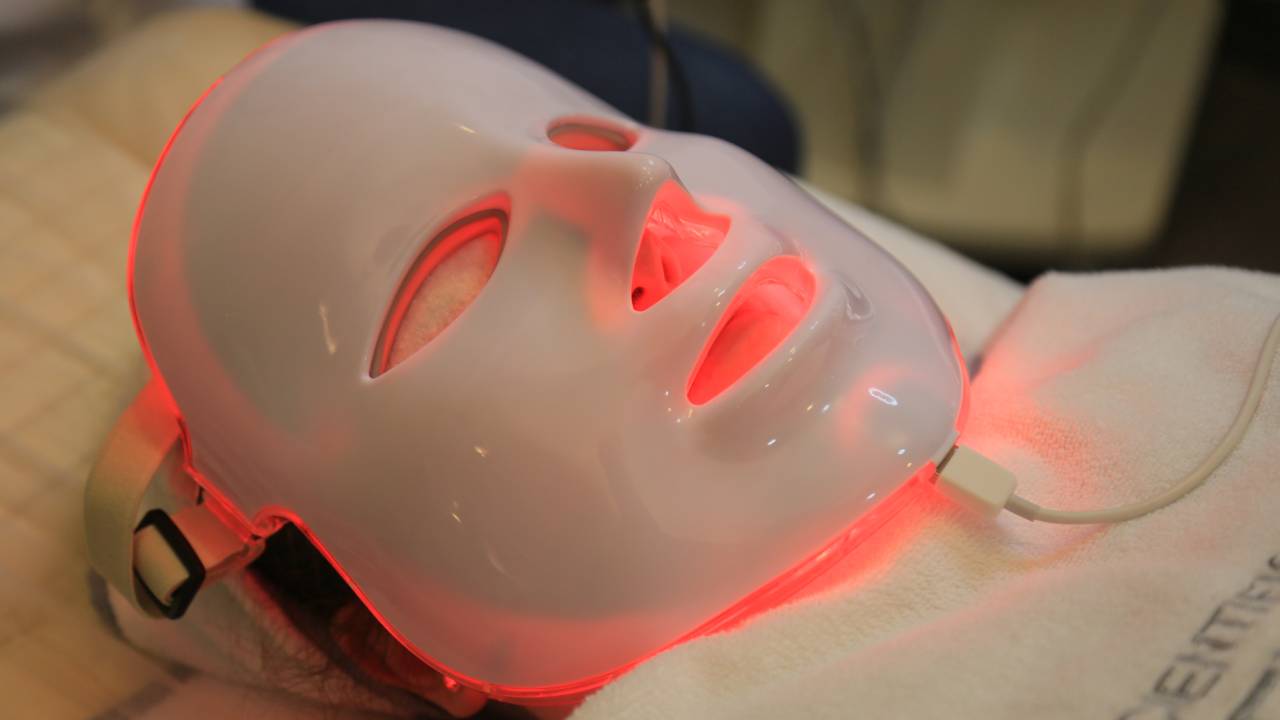
Red, blue, yellow, or green: which LED light should you be using and why?
Battle blemishes and boost brightness using the right LED colour for your skin concerns
By Joanna Ebsworth Published
-

5 tips for allergy proofing your bedroom to beat the high pollen count
Beat the high pollen count with these expert-approved tips
By Bethan Girdler-Maslen Last updated
-

Beat the heatwave with these 5 cooling bedroom essentials
5 cooling gadgets to help you sleep in the heatwave
By Bethan Girdler-Maslen Last updated
-

T3 takes on the Dyson Airwrap with its own hair styler – and it’s seriously affordable
The T3 Aire 360 is the latest Airwrap dupe you should know about
By Bethan Girdler-Maslen Published
-

Bensons for Beds revives its TV beds with colourful, sound-activated lighting
Bensons for Beds combines sleep, tech and lighting in its new TV bed range
By Bethan Girdler-Maslen Published
-

YogiFi Gen 3 Smart Mat review: where yoga meets AI coaching
A smart yoga mat? Sign us up...
By Lucy Miller Published
-
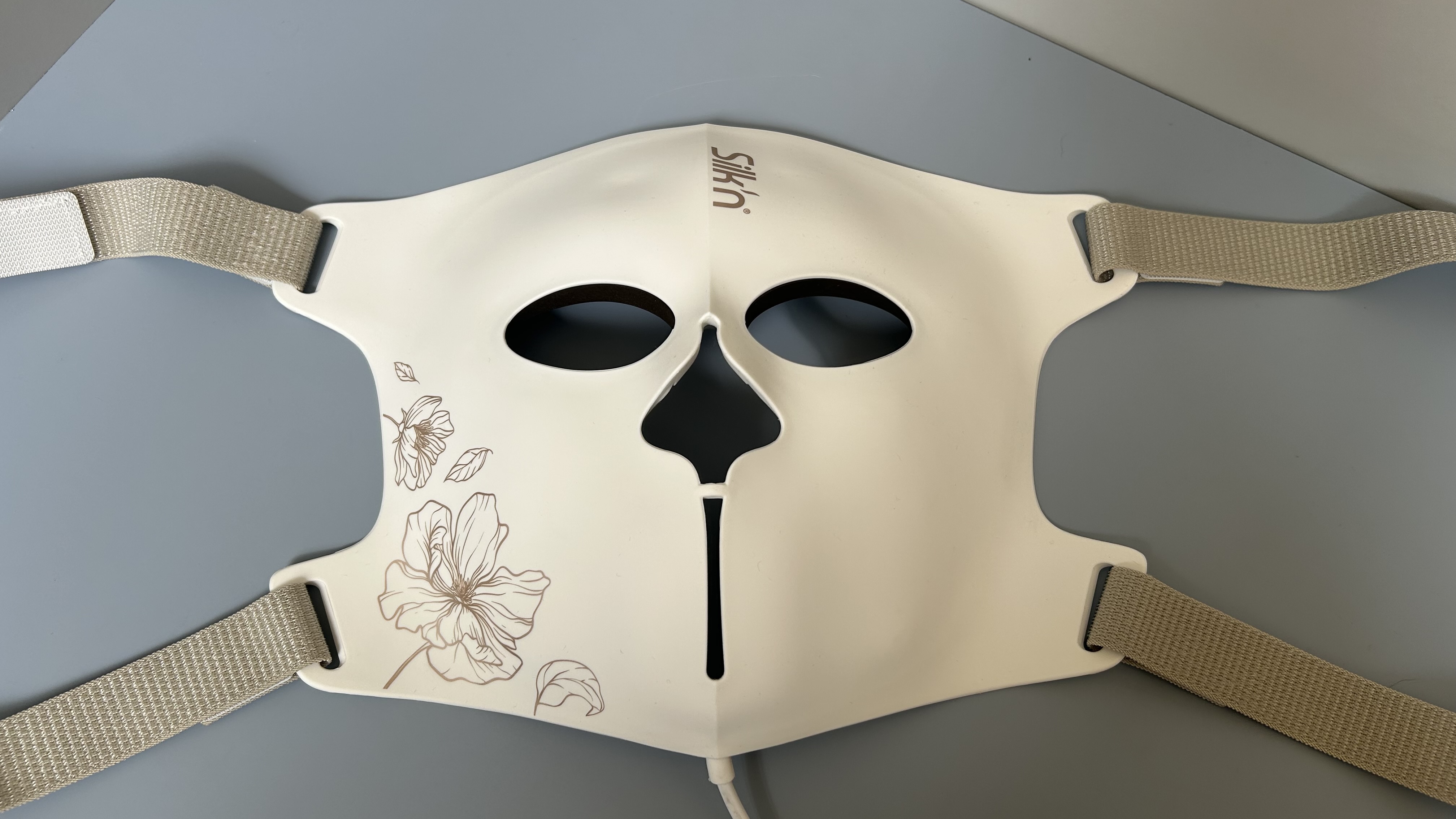
Silk'n LED EMS Face Mask review: smoothing, sculpting and incredibly effective
How does it stack up against its predecessor?
By Lizzie Wilmot Published
-

Beat the UK heatwave with 20% off Emma’s best cooling mattress
Save over £200 on Emma’s Hybrid Thermosync mattress
By Bethan Girdler-Maslen Published
-

Loop brings back its most requested earplug style for Glastonbury – but be quick!
These Loop limited edition earplugs should be in your Glastonbury suitcase
By Bethan Girdler-Maslen Published
-
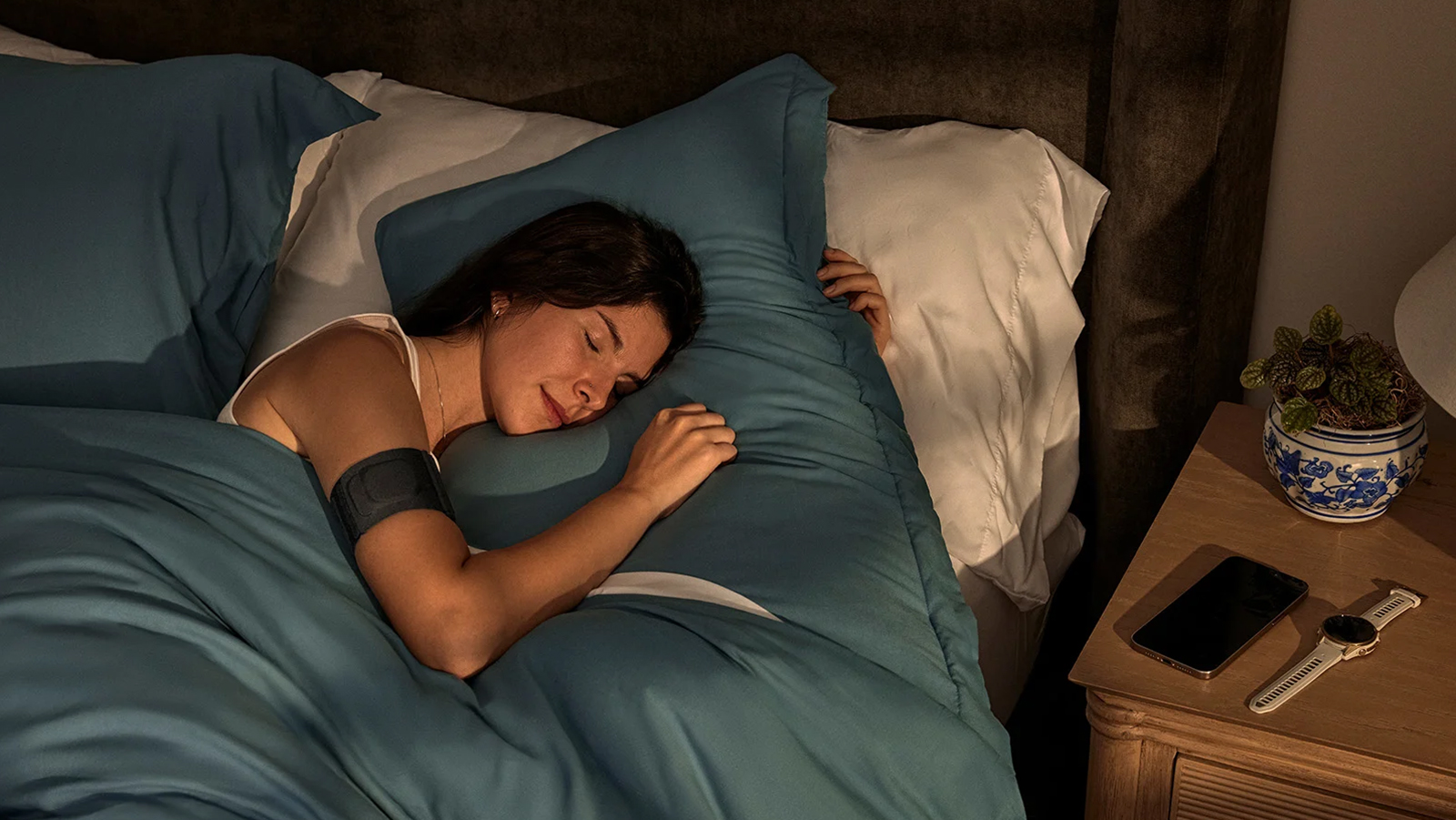
Garmin’s screenless sleep tracker is here, but it's definitely not what we expected
The Index Sleep Monitor isn’t a wristband, doesn’t use Connect+, and looks like something from your doctor’s drawer
By Matt Kollat Published
-
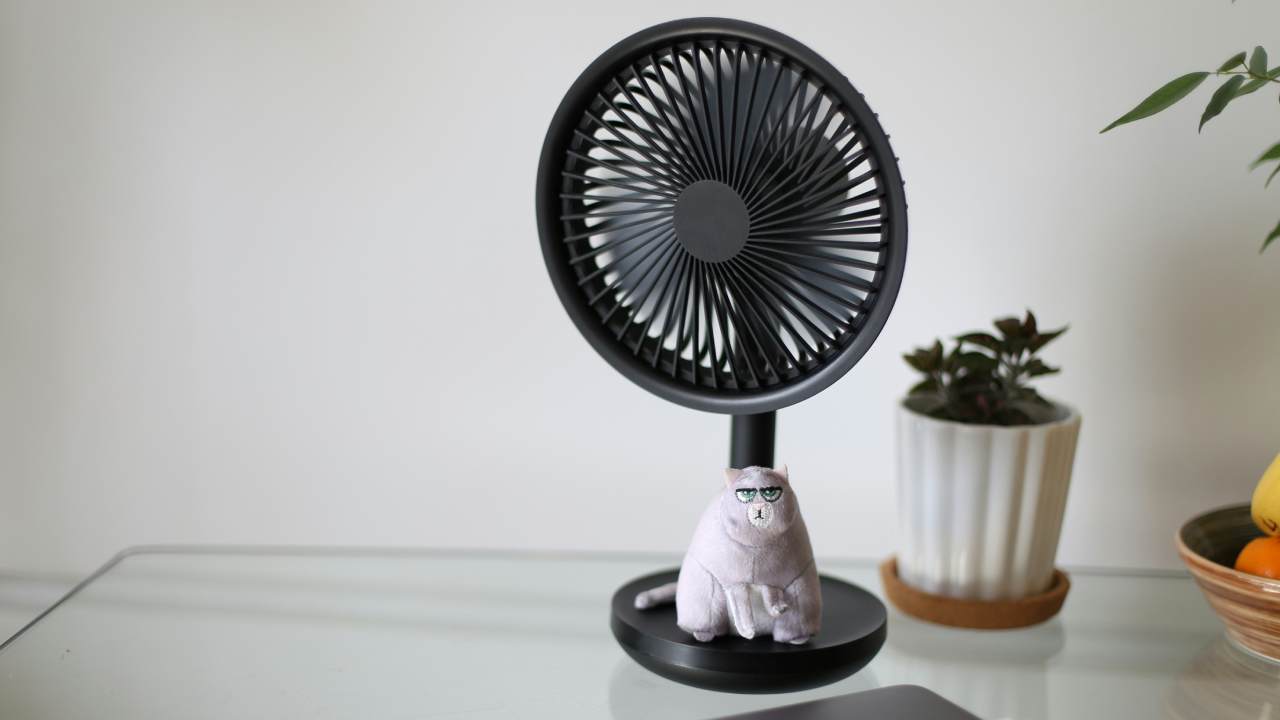
I've been making this fan mistake for years – here's how to avoid it
3 tips for cooling your bedroom without using a fan
By Bethan Girdler-Maslen Published
-

5 best salty fragrances for men: smell like the beach with these sea-themed scents
Who doesn’t want to smell like the sea?!
By Bethan Girdler-Maslen Published
-
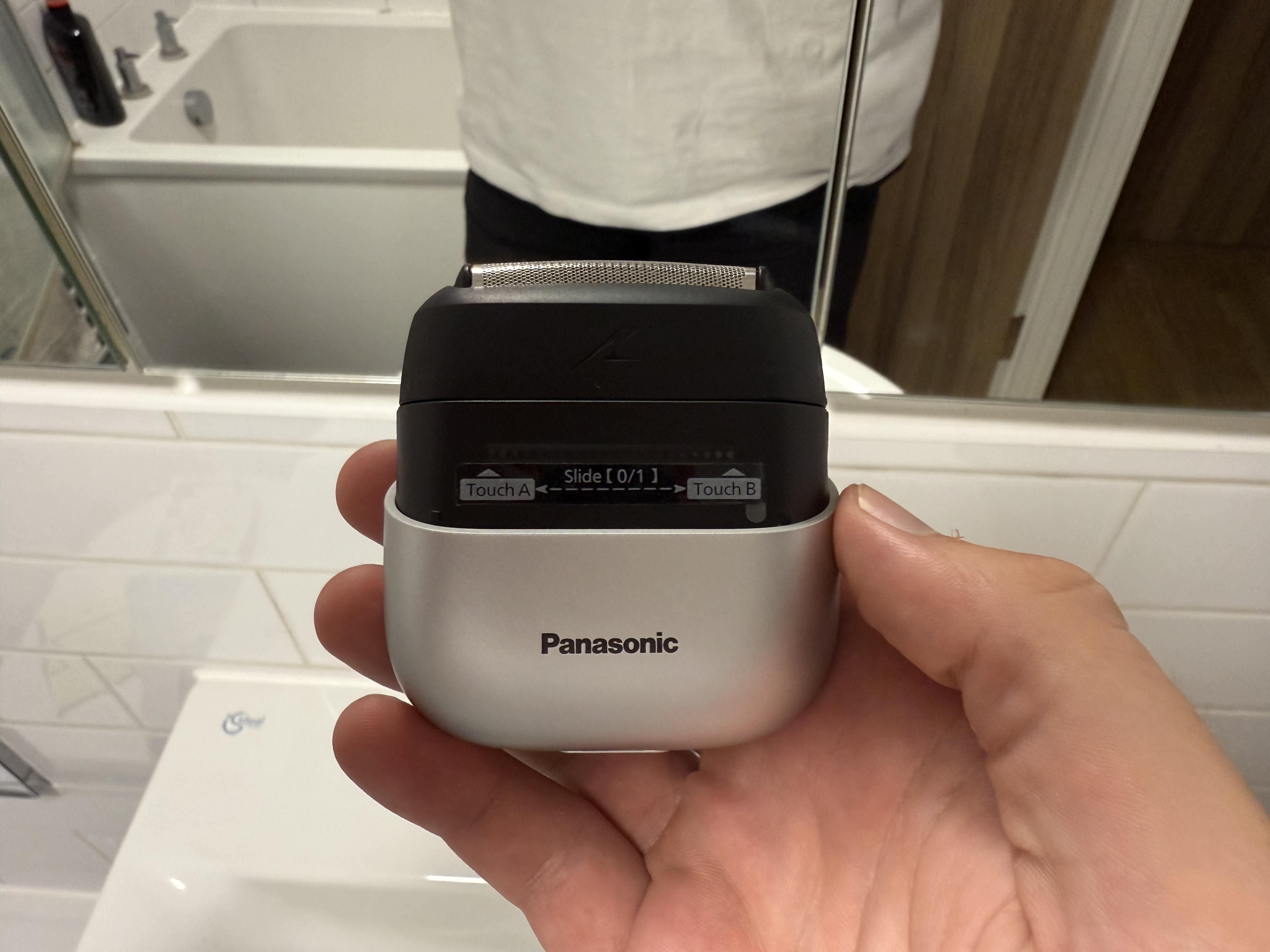
Panasonic Series 700s shaver review: a compact great trim, but attachment lovers will be disappointed
Panasonic's Series 700s shaver offers a neat, compact design and works well for close shaves, but the lack of accessories might be a drawback for some
By Max Slater-Robins Published
-

I test men's fragrances for a living – you'll never find me without these bottles
These scents are the cornerstones of my collection
By Sam Cross Published
-

Anker upgrades Soundcore sleep earbuds with active noise cancellation and slim design
Anker’s third generation Soundcore sleep earbuds finally have ANC
By Bethan Girdler-Maslen Published
-

Soocas NEOS II review: a game-changer for lazy flossers
Finally, a 2-in-1 toothbrush and water flosser that delivers
By Lizzie Wilmot Published
-

This smart yoga mat comes with AI coaching, tracking and corrections
I’m terrible at yoga, but the YogiFi Smart Mat Gen 3 might actually help me…
By Bethan Girdler-Maslen Published
